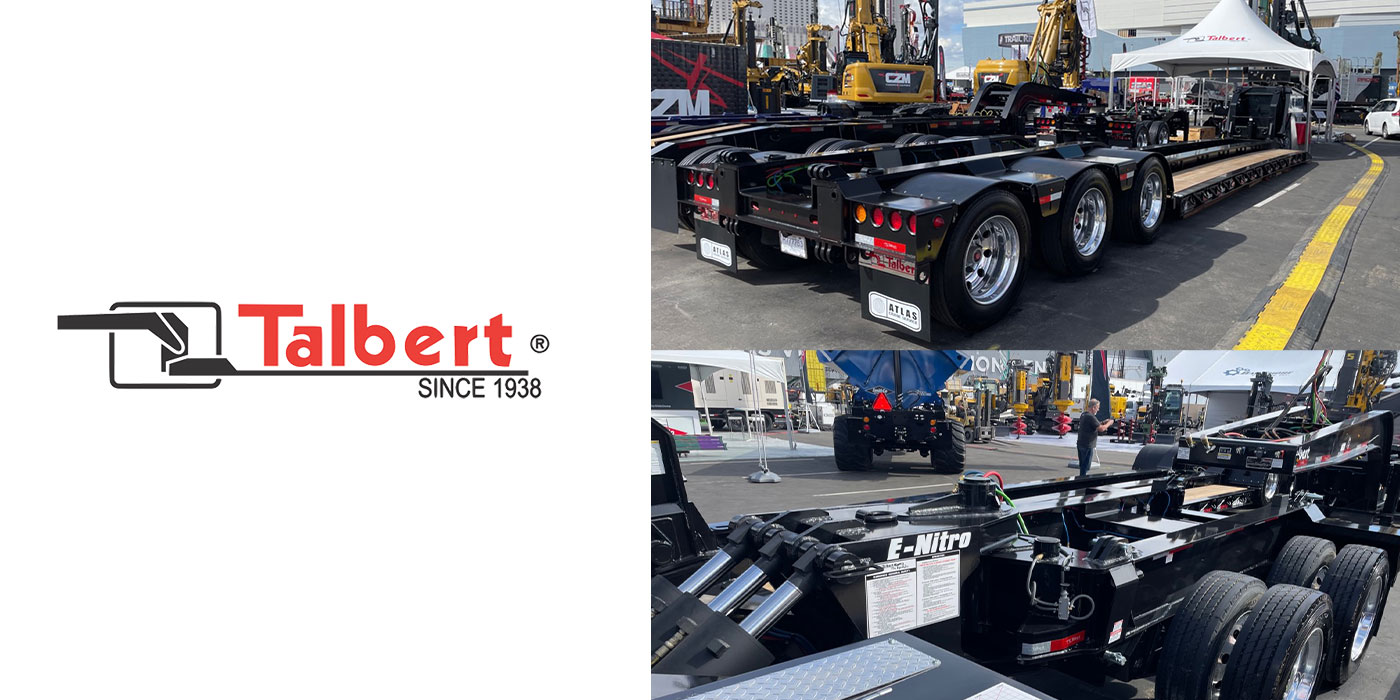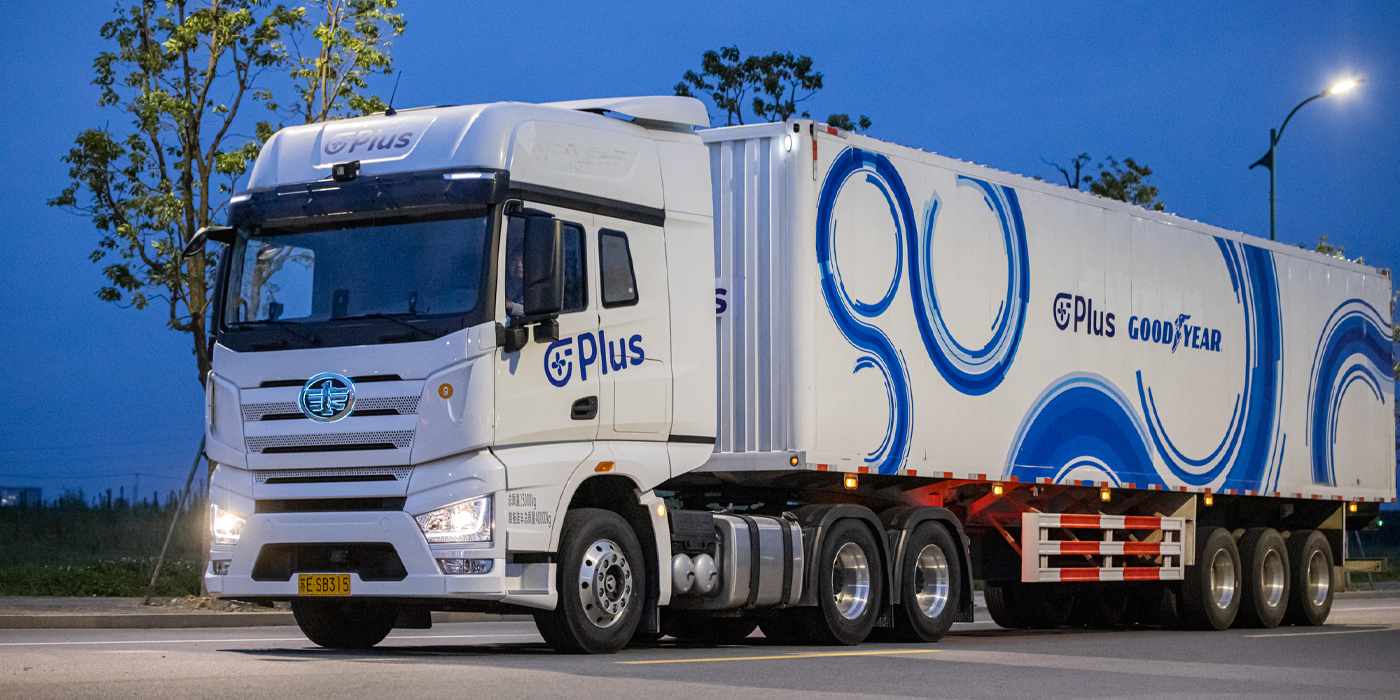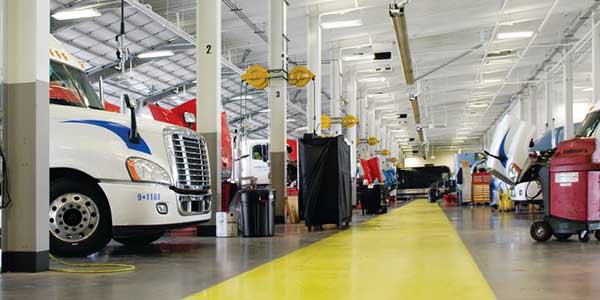
Earlier this week Mercedes-Benz introduced its new Sprinter van. According to Volker Mornhiweg, head of Mercedes-Benz Vans, “The new Sprinter is a pioneer in new technologies, offering lower cost of ownership and exemplary safety.” The 2014MY Sprinter Van has a new look and is now even more economical, safer and environmentally friendly. The new standard engine is a 4-cylinder diesel engine with a 7-speed automatic transmission, with the familiar V6 diesel powertrain available as an option. New safety features raise the already exemplary standard of safety to an even higher level.
Fully in keeping with the current Mercedes-Benz design line, the radiator grille appears more upright and self-assured, lending the new Sprinter a more confident presence. The three radiator louvers are swept back from top to bottom and are perforated. This increases the airflow and clearly establishes a close visual link to a consistent design language from the new vans and trucks from Mercedes-Benz. On Mercedes-Benz models, the Mercedes star now rests on a vividly highlighted base. A beveled surround highlights the signature Mercedes-Benz radiator grille. Freightliner models feature the familiar Freightliner badge at the top of the new grille.
The new headlamps feature sharper contours, a striking feature that is the masking of the reflector housings. A surround divides the headlamps into individual segments, emphasizing the Sprinter’s “eyes” and providing the entire front end with a substantially more cutting-edge appearance, the company said. In the bottom of the housing there is space for the LED light strips of the daytime running lamps.
The new bumper features a more pronounced upward sweep under the headlamps and bolder lines. The air inlet in the middle is now set back, providing added dynamism and continues to function as a step to facilitate cleaning of the windshield The purposeful impression created by the new Sprinter is heightened by the detailed.
Since 2010, all Sprinters in the U.S. have been powered by innovative BlueTEC diesel engines, marking the first-ever use of super-clean BlueTEC technology in the com- mercial van market. The BlueTEC diesel engine is as clean as a modern gasoline engine. A diesel exhaust fluid (DEF) injection system reduces nitrogen oxides to harmless nitrogen and water in a downstream catalytic converter. The BlueTEC engine technology has also been demonstrating its capabilities in Mercedes-Benz trucks.
In addition to the familiar V6 diesel engine, the 2014MY Sprinter now features a 2.1- liter four-cylinder diesel engine as standard equipment. It produces 161 hp and 265 lb-ft of torque at 1,400-2,400 rpm. With an 83 mm bore and a 99 mm stroke, the engine features an undersquare configuration in the interests of high tractive power. The two overhead camshafts actuate a total of 16 intake and exhaust valves. The camshafts are driven by a combination of gearwheels and a short chain. The common rail injection system operates at a maximum injection pressure of 29,001 psi (2000 bar). The fuel is injected by means of magnetic injectors and seven-hole injection nozzles. Charging takes place at all times via a two-stage exhaust-gas turbocharger system.
Maximum torque is available right from low engine speeds and over a broad engine speed range. The engines attain both a high specific power output and high torque. This downsizing is crucial to low fuel consumption, accompanied by low emissions and optimum weight.
A Lanchester balancer with two counter-rotating shafts, the camshaft drive positioned further to the rear and a two-mass flywheel all contribute to the engine’s extremely smooth running characteristics. A combination of exhaust gas recirculation with two- stage cooling and the SCR technology with AdBlue injection for the BlueTEC engines and a particulate filter ensures clean exhaust emissions.
The optional V6 diesel motor (188hp, 325 lb-ft) with a displacement of 3.0 l is a feat of engine construction. The undersquare engine (bore x stroke: 83 x 92 mm) is based on an aluminum crankcase with a V angle of 72º. Offset rod journals and a balancer shaft result in an extremely smooth-running engine. Its technical refinements include a total of four duplex chain-driven overhead camshafts and common rail injection with piezo injectors and eight spray holes per nozzle.
The 4-cylinder Sprinter features a 7-speed automatic transmission with torque converter, which the make said is the only 7-speed automatic transmission to feature in a van anywhere in the world is refined for maximum fuel economy. The improved damping technology results in a lower tendency to generate noise and hum. The reduced slip on the lockup clutch gives a more direct connection to the accelerator pedal and therefore provides greater agility.
The development engineers have additionally adapted the automatic transmission’s shift points precisely to the engine characteristics, also optimizing the oil’s heat-up behavior in the cold running phase in this respect, along with the torque converter’s hydraulic circuit. This results in faster heating-up of the oil, therefore minimizing frictional losses after cold starting.
The developers have tweaked all the available points of detail in order to achieve maximum efficiency. A key example here is the driven rear axle. In the interests of low-friction and economical running, modifications have been under-taken here right down to the micro-geometry of the differential’s tooth flanks, the precision of installation has been further improved and the oil flow has been optimized to reduce churning loss while the axle is running. These measures have been applied to all axle variants.
The generator management system has been optimized for even greater efficiency. The same applies to the further enhanced fuel pump, which controls the supply pressure and flow rate according to the prevailing requirements. The ECO power steering pump is only activated when power assistance is actually required.
Key Assists
A key focus in developing the new Sprinter was on a whole range of new assistance systems – including world premieres in the van segment. New available features to be premiered with the new Sprinter are Collision Prevention Assist, Blind Spot Assist, Highbeam Assist and Lane Keeping Assist. This array of new assistance systems underscores Mercedes-Benz Vans’ pioneering role in safety technology and as a driving force behind innovative developments.
The new van’s Collision Prevention Assist is designed to help prevent serious rear-end collisions and includes a proximity warning function and adaptive Brake Assist. It warns the driver when the distance from the vehicle ahead is too small and, at a further escalation level, when there is an acute danger of collision.
The radar-based proximity-warning assistant helps the driver to maintain an appropriate safe distance from the vehicle in front. A radar sensor in the front bumper continuously measures the distance from the vehicle ahead in the same lane and the relative speeds of the two vehicles. The assistant calculates the necessary safe distance on the basis of this information. Collision Prevention Assist is operational from a speed of approximately 12 mph.
A visual warning (warning lamp in the instrument cluster) is triggered as soon as a vehicle ahead is detected and the distance to the vehicle ahead drops below a specific limit, indicating that the distance is not safe.
The dynamic proximity warning function is triggered as soon as the driver’s vehicle approaches the detected vehicle ahead with a high difference in speed. In this case, both a visual and an acoustic warning are given. Both warnings allow the driver to carry out emergency braking or evasive maneuvers. The driver can switch off this assistance function as necessary.
Similar to ESP, this function cannot be switched off by the driver. It is continuously active in the background, monitoring the current operating conditions and the current driving situation. Support from Adaptive Brake Assist is triggered after the dynamic proximity warning when the distance between the Sprinter and the vehicle ahead closes too rapidly and driver initiates panic braking.
Adaptive Brake Assist is able to support emergency braking according to the relative speed/relative acceleration and the distance from the identified object. When the driver fails to apply sufficient brake power, Adaptive Brake Assist provides additional boost to generate just enough additional deceleration to help avoid an accident. This also gives the traffic behind the longest possible response time to avoid a rear-end collision.
The driver can override the intervention by adaptive Brake Assist at any time, i.e. if the driver initiates harder braking than the system identifies as necessary, the driver’s action will take priority.
Conversely, intervention will be stopped if the driver carries out an evasive maneuver, takes his foot off the brake pedal or presses the accelerator pedal.
The Sprinter possesses large exterior mirrors with a wide field of vision. The optional new feature Blind Spot Assist additionally helps the driver by warning them of other vehicles in the blind spot during lane changing.
The new Blind Spot Assist function is operational from a speed of approximately 20 mph. It is based on a total of four close-range radar sensors. These are installed on the right and left behind the side rub strips in the area of the B-pillar and the rear corner pillar and cover the area of the neighboring lanes. When the sensors identify a car or motorcycle in the blind spot while the vehicle is on the move, a red warning signal appears in the exterior mirror on the respective side. When the assistance system detects hat the driver has activated the indicator and thus intends to change lane despite the warning, he or she receives an additional warning in the form of an acoustic signal and the red warning symbol begins to flash. The driver can deactivate this assistance function.
Even more dangerous than careless lane changing is involuntary lane changing—when the driver is distracted or inattentive, for example. The optional Lane Keeping Assist function is now available to provide a timely warning here.
Lane Keeping Assist incorporates sophisticated technology. A camera behind the windscreen films the road ahead. An integrated electronic control unit measures the recorded data continuously, identifying the road surface and markings by reference to differences in contrast. If the van threatens to cross the side marking without the in- dictator having been activated or without parallel changes to the accelerator or brake pedal position, the control unit will conclude that the vehicle is leaving its lane unintentionally and will warn the driver with an acoustic signal.
Lane Keeping Assist is active from a speed of approximately 40 mph and responds not only to white lines on the road but also to yellow markings at construction sites. The driver can switch this assist system off as necessary—when driving along narrow and winding country roads, for example. Conversely, Lane Keeping Assist helps the driver to stay on course when there is little room for maneuvering—at highway construction sites, for example.
The best possible visibility is crucial to safe driving. Driving in the dark is particularly demanding in this respect. With this in mind, the Sprinter comes with large and powerful headlamps. All models are optionally available with particularly powerful bi-xenon headlamps.
The new Highbeam Assist feature is a first in the Sprinter’s class. It guarantees optimum illumination of the road by switching high beam on or off according to the given situation. The path of the road, pedestrians or dangerous spots are now recognizable even earlier and more reliably. At the same time, Highbeam Assist also reduces the possibility of oncoming traffic or vehicles ahead being blinded.
The system is based on a camera on the inside of the front windscreen, which observes the traffic situation in front of the vehicle. When the camera detects vehicles or motorcycles travelling towards or ahead of the Sprinter, the high beam is automatically dipped to low beam. Highbeam Assist is able to distinguish between moving and stationary objects. When the road is clear once again, the assistance system switches back to high beam. The camera system also responds to road lighting by deactivating high beam automatically – when passing through built-up areas, for example. High-beam Assist operates at vehicle speeds above 22 mph, and is available for both halogen and bi-xenon headlamps.
These new systems aside, safety is always on board every vehicle from Mercedes- Benz as standard. In the case of the Sprinter, for example, this means a safe and predictable chassis. The latest-generation ADAPTIVE ESP already combines a diverse array of functions. The vehicle dynamics control system includes:
- Anti-lock brake system (ABS),
- Acceleration slip regulation (ASR),
- Electronic brake force distribution (EBD),
- Hydraulic Brake Assist (BAS),
- Load Adaptive Control (LAC) load-dependent control system,
- Roll Over Mitigation roll-over protection and Roll Movement Intervention
(ROM/RMI),
- Enhanced Under steering Control system (EUC), – automatic brake disc drying system (Brake Disc Wiping) when driving in the rain and anticipatory preparation of the brake pads in critical driving situations (Electronic Brake Prefill).
The mirror housings are aerodynamically optimized to reduce built-up of dirt. High levels of ride comfort and low background noise combine with effective heating and ventilation to make even the longest trips a pleasure. Numerous well-conceived story- age facilities accommodate everyday items. Precision steering and a comparatively small turning circle round-off the range of features for maximum safety and relaxed driving.
The new Mercedes-Benz Sprinter will be available to order starting June, with deliveries scheduled for September.




